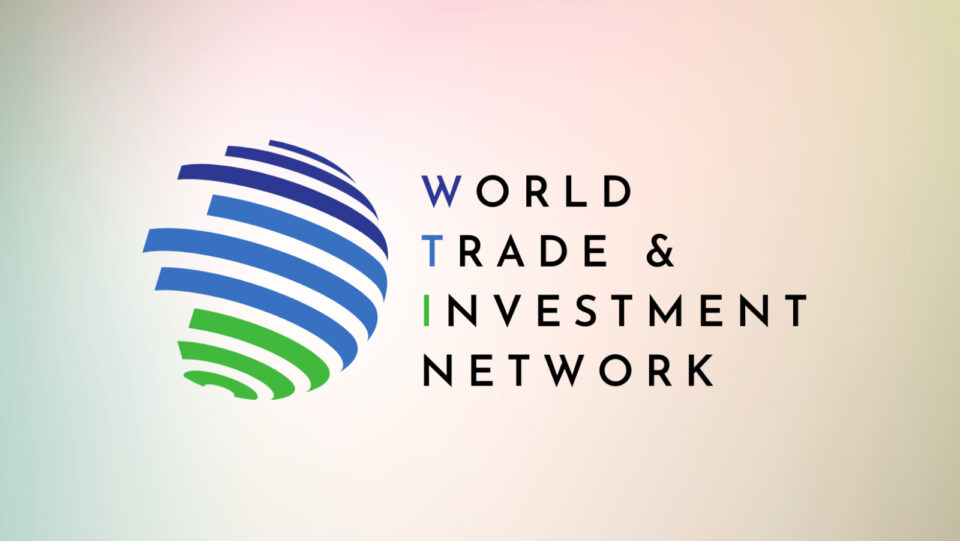When call centres sprung up in Indian metropolises twenty years ago, the country had gone from being the world’s back office to something much greater. Indian technology is now driving the automotive and aerospace industries.
India offers a ready pool of digital engineering skills as aerospace businesses grow their company and vehicles and aircraft use more sophisticated digital technology and algorithms. Indian talent is less expensive, which encourages developed countries to offshore.
According to a recent analysis by ET, India has emerged as the preferred location for sourcing digital engineering and skills due to the country’s expanding software content in cars and the integration of technologies such as smart cockpits into the auto ecosystem.
According to a recent JP Morgan Equity Research report, auto OEMs, or original equipment manufacturers, like Renault, BMW, Jaguar Land Rover, and Honda, are turning to India to meet their digital content needs because of the country’s accessible skilled labour pool and affordable ER&D (engineering research and development) hubs.
The demand has been so great that, in order to meet the demands of a major US-based auto OEM, L&T Technology Services (LTTS), which offers engineering research and development services, established a delivery centre in Krakow, Poland, last year. Auto OEMs and tier-1 component suppliers receive assistance from ER&D services businesses in the design and development of vehicle products, including electric motors, infotainment systems, and algorithms for autonomous driving.
Automakers are being compelled to collaborate with service providers in order to expedite the cycles of product development and the ultimate launch of electric, autonomous, and connected vehicles (EACVs) into the market. According to experts, this journey is being driven by digital technology systems including software-defined vehicles (SDVs) and enhanced driver support systems. Prominent Indian service providers, like Tata Elxsi, LTTS, KPIT Technologies, and Cyrient, are making significant investments in digital engineering, workforce development, and upskilling in anticipation of the EACV. Pareekh Jain, CEO of EIIRTrend & Pareekh Consulting, recently told ET that “India is in a sweet spot because in no other geography can enterprises get digital talent at scale and cost-effective price points.”
Using Indian technology
Aerospace firms have traditionally relied on Indian technology, even if Western auto giants have recently been interested in it due to the growing usage of sophisticated digital solutions in vehicles. According to a recent report by news agency Bloomberg, Boeing Co. and Airbus SE are increasingly looking to India for highly-skilled, low-cost engineers in order to satisfy a boom in aircraft demand and expand their manufacturing footprint in the world’s fifth-largest economy.
India is a great source of talent for aircraft manufacturers facing record orders from airlines as travel soars again following the Covid epidemic, with almost 1.5 million engineering students graduating each year, according to Bloomberg. According to wage data aggregator Glassdoor, Boeing can recruit an engineer in Bengaluru, the southern tech hub of India, for 7% of the price of a comparable post in Seattle. Boeing employs more people in India than any other country in the world, second only to its US headquarters in Seattle.
When India’s HCL started testing software for it in 2000, one of the first aerospace businesses to source significant work in India was Rockwell Collins, which develops cockpit electronics. Boeing and HCL established a “centre of excellence” in Chennai that same year to develop software essential for flight testing. Since aeroplanes are increasingly becoming digital goods, almost all major international aerospace companies have a sizable technical presence in India. This is because the manufacturers of aircraft require India’s high calibre talent in software, electronics, and simulation.
India has plenty to offer the world in the way of talent, research, innovation, and engineering productivity, according to Ashmita Sethi, the national head of Pratt & Whitney. In an interview with TOI two years ago, she stated, “A great example of this is the progress Indian startups have made in enabling step-change innovation in aerospace.” “They have created some incredibly unique innovations and solutions for aerospace by applying their expertise in AR/VR, machine learning, analytics, and IoT.”
According to a senior GE official who spoke to PTI in February, Indian engineers were at the forefront of developing an aviation engine at the multinational corporation’s largest research lab in Bengaluru that will cut fuel usage by up to 20%. Among GE’s global R&D facilities, India has the largest. There are more than 1,000 engineers in the aviation division. More than ten years ago, GE Aviation began as a back office operation in India and has since experienced exponential growth. when it began creating new goods. Two years ago, a GE Aviation executive informed TOI that the India team contributed to the development of the GEnx engine, the company’s fastest-selling, highest-thrust jet engine ever.
“Every stage of the GEnx product development is highly important to our team. The crew here would contribute 20–40% to most items, he said. Saying that the world cannot function without Indian software would be overstated. However, it’s true that Indian software now powers the entire world. With the increasing usage of digital technology in automobiles and aeroplanes due to the development of artificial intelligence, virtual reality, autonomous mobility, etc., the first statement may come true in the not too distant future.




